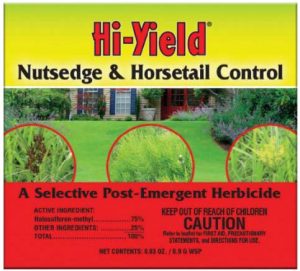Nutsedge
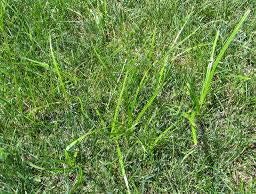
Nutsedge is a very aggressive and persistent weed in lawns, landscapes and gardens. It is often called nutgrass, because it has a little tuber/bulb, “nutlet” and the leaves resemble a grass.
Nutsedge can spread by; seed, tubers and creeping rhizomes. They prefer moist soils but can tolerate dry soils.
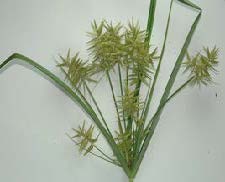
Two types of nutsedge are common, yellow nutsedge and purple nutsedge . Yellow has more cold tolerance so is more predominate in the north, in warmer areas both may be found growing together.
Yellow nutsedge is the most common and can be identified by: The leaf is long and slender with a tapered tip. Has a yellow seed head. Tubers are single at the tips of the rhizomes . It emerges early in the season. Leaves are light green. Grows from 12 to 16 inches tall.
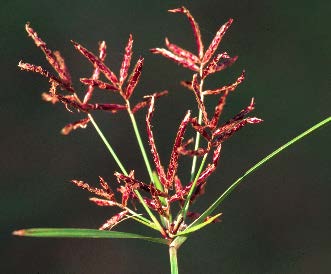
Purple nutsedge can be identified by: The leaf is shorter and the tip is abruptly blunt . The seed head is purple.
Tubers are connected in chains on rhizomes. It emerges late in the season. Leaves are dark green. Only grows to 6 inches whenmature.
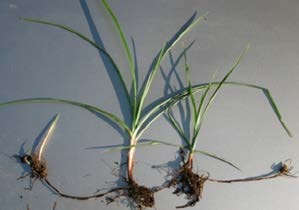
Control
Although it looks like a grass, most grass killers or other herbicides are not effective as a control for nutsedge. Due to the tubers not sending shoots up every year, successful control requires a dedicated effort for at least 2 or 3 years and monitoring for a few years after that.
First, the non-chemical control is pulling. When they first emerge (see image 5) they don’t start forming rhizomes or nutlets for 2 to 3 weeks. To be effective, start as soon as you see sprouts and pull them every 2 to 3 weeks until control is achieved.
Because not all herbicides work on both yellow and purple nutsedge, it is important to know the difference to get acceptable control, or use a control that does both.
HY Nutsedge & Horsetail Control will control both types of nutsedge. HY Spreader Sticker (non-ionic), MUST be added to the mix for it to stay in solution and be absorbed by the plant.

